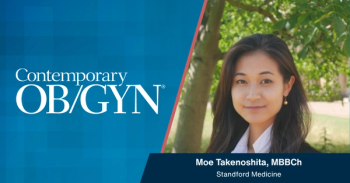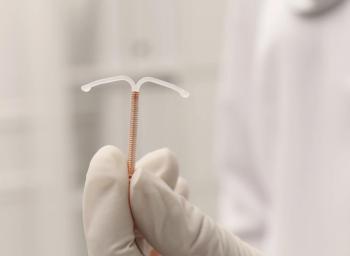
Health Benefits of The Birth Control Pill
The introduction of the Pill in the 1960’s was probably one of the most liberating events in the history of women. Providing a safe and effective method of contraception, which women could easily control themselves, it enabled women to impact society like never before. Since its introduction, it has probably become one of the most widely studied medications ever.
The introduction of the Pill in the 1960’s was probably one of the most liberating events in the history of women. Providing a safe and effective method of contraception, which women could easily control themselves, it enabled women to impact society like never before. Since its introduction, it has probably become one of the most widely studied medications ever.
It remains a very popular method of birth control
Thirty years ago there was much concern over the effects that the pill might have on a woman’s body. Today however, the amount of hormone contained in the pill has been reduced to very low levels, and our understanding of its effects has grown significantly. We now know that the pill has several uses other than just the prevention of pregnancy. In fact, probably close to 50% of the time that I prescribe the pill, it is for reasons other than the prevention of pregnancy. These reasons include: improving the menstrual cycle
Most women are aware that the pill will produce more regular and predictable cycles, but there is much more. It can also reduce the pain associated with periods, and it can reduce the total number of days of menstrual flow. Less days of bleeding leads to less chance of anemia, which is another important health benefit. As far as the prevention of benign conditions, the pill can decrease problems related to breast disorders such as fibrocystic changes and fibroadenomas. In addition, it decreases a woman’s chance of developing certain pelvic infections, and it decreases the occurrence of ectopic, or tubal, pregnancy. There are also certain formulations of the pill that have been shown to improve acne.
Probably one of the most exciting health benefits of the pill is that its use can dramatically reduce a woman’s chance of ever getting certain types of cancer. Women who use the pill for 3-4 years can decrease their chance of ovarian cancer by 50%, and if they have used the pill for at least 10 years an 80% reduction is seen, truly amazing. Also, use of the pill for at least 2 years reduces the risk of endometrial cancer, (cancer of the uterine lining) by 40%, and 4 or more years of use reduces this risk by 60%. This information is too important to be ignored.
There is evidence that use of the pill could prevent certain ovarian cysts from forming. It also has the potential to increase the strength of your bones, and possibly could even prevent rheumatoid arthritis, although these areas are still under investigation.
One thing is certain, use of the pill is safer than it ever has been, and women should be aware that it can do more than simply prevent pregnancy
References:
Bibliography
1. A quarter century of contraception: remarkable advances, increasing success, Leon Speroff, M.D., Contemp OB/GYN, vol. 43, May 15, 1998.
2. Novak’s Gynecology, Twelfth Edition, Jonathan S. Berek, MD, Williams &Wilkins, Baltimore, 1996.
3. Hormonal Contraception, ACOG Technical Bulletin #198, October 1994.
Newsletter
Get the latest clinical updates, case studies, and expert commentary in obstetric and gynecologic care. Sign up now to stay informed.
















